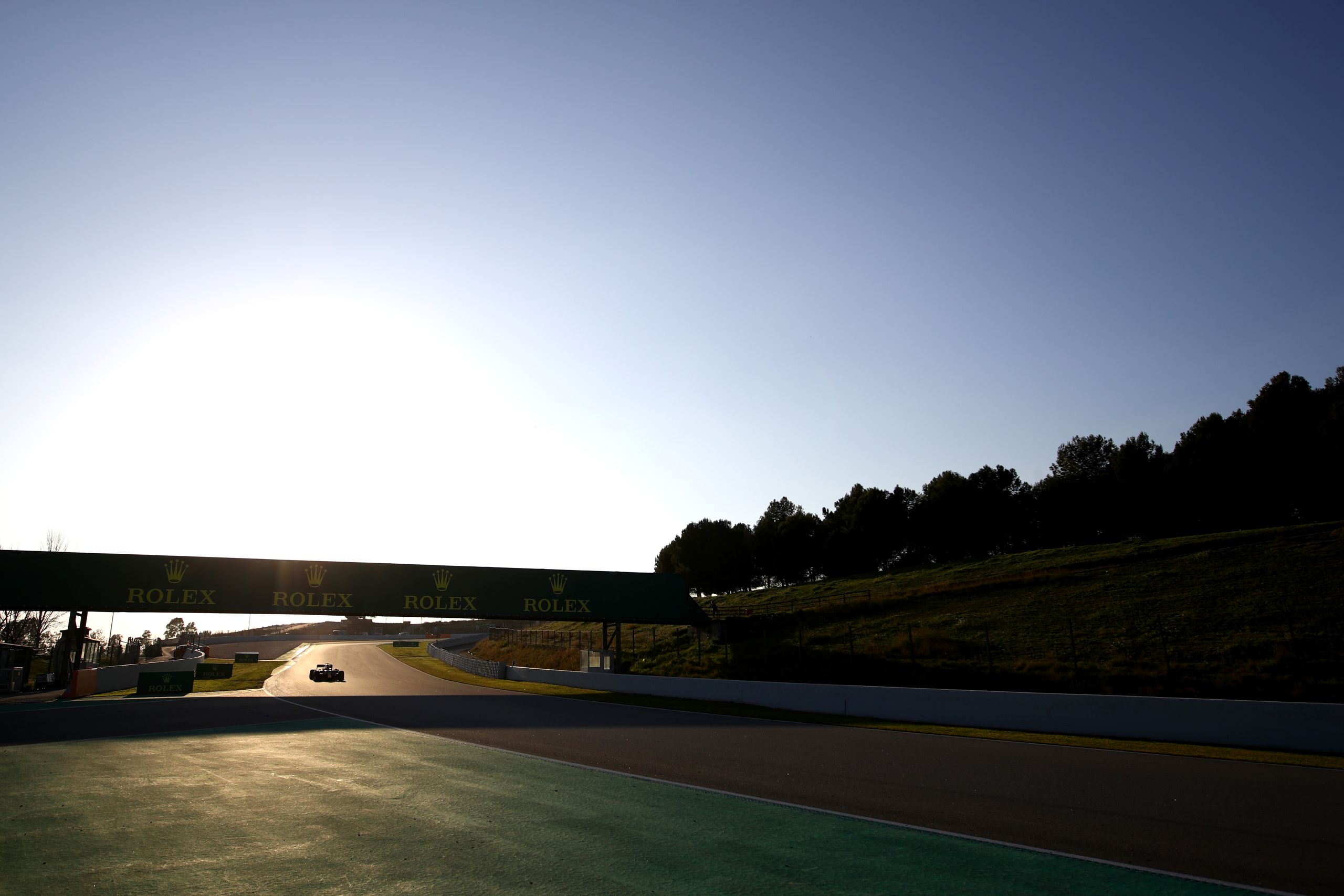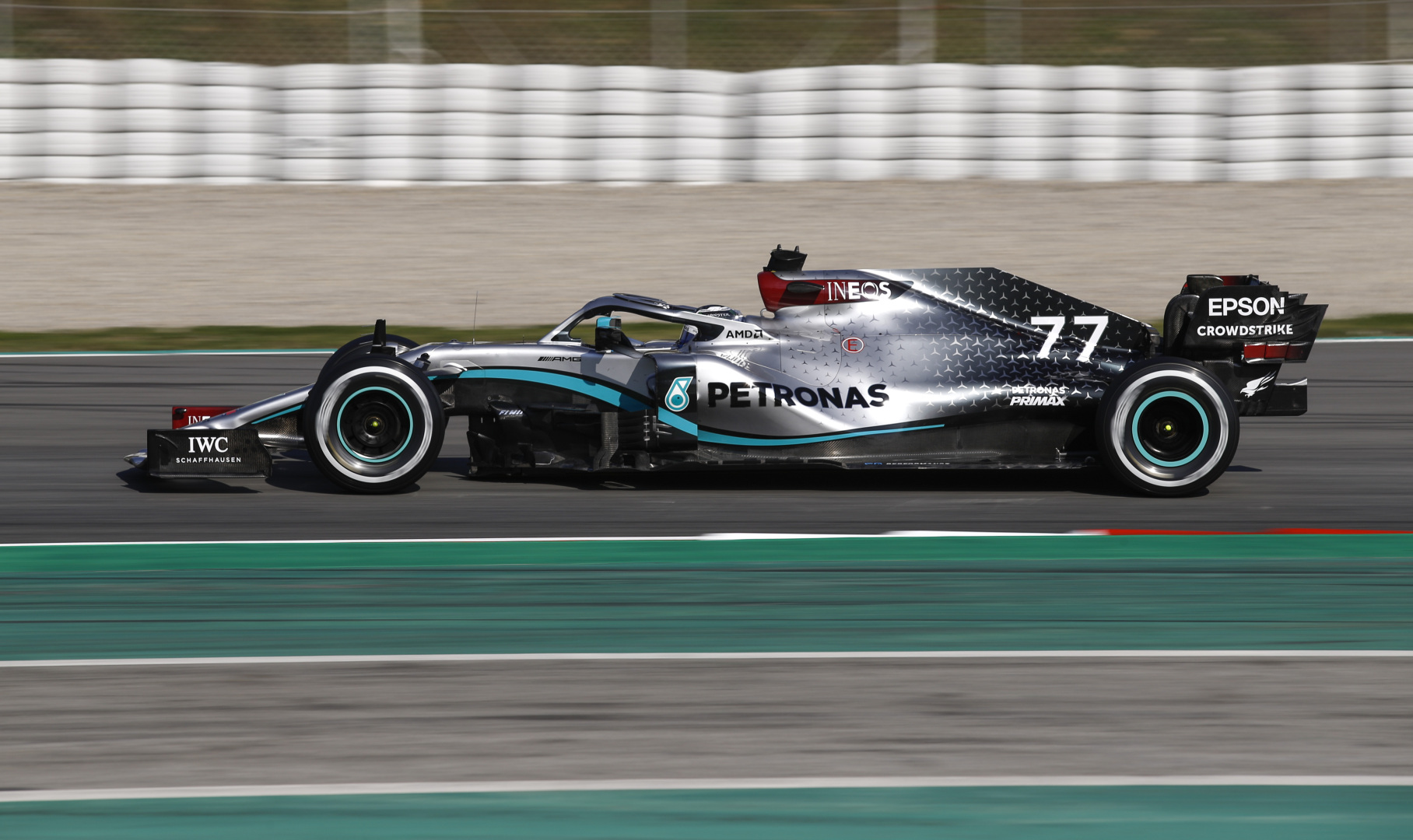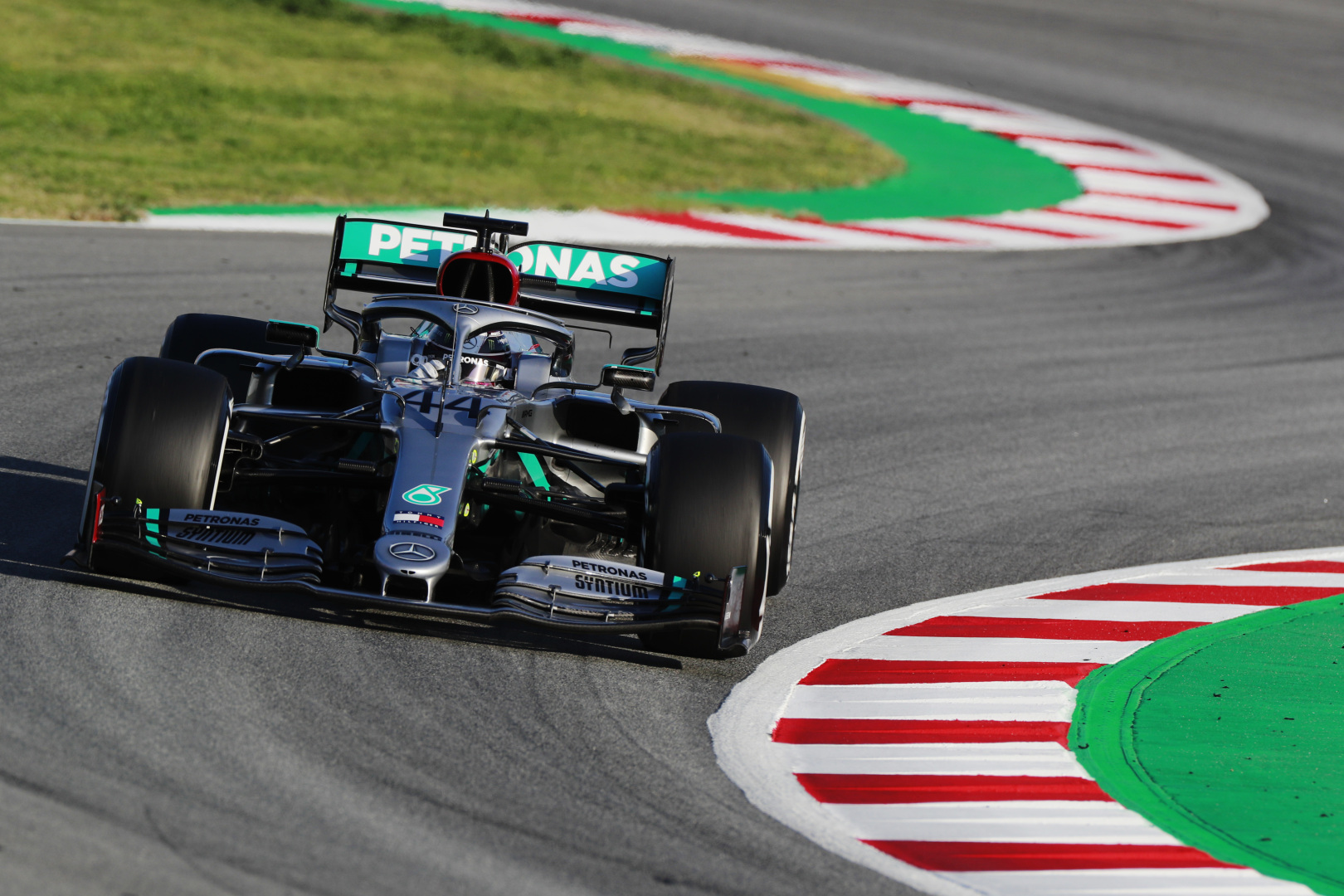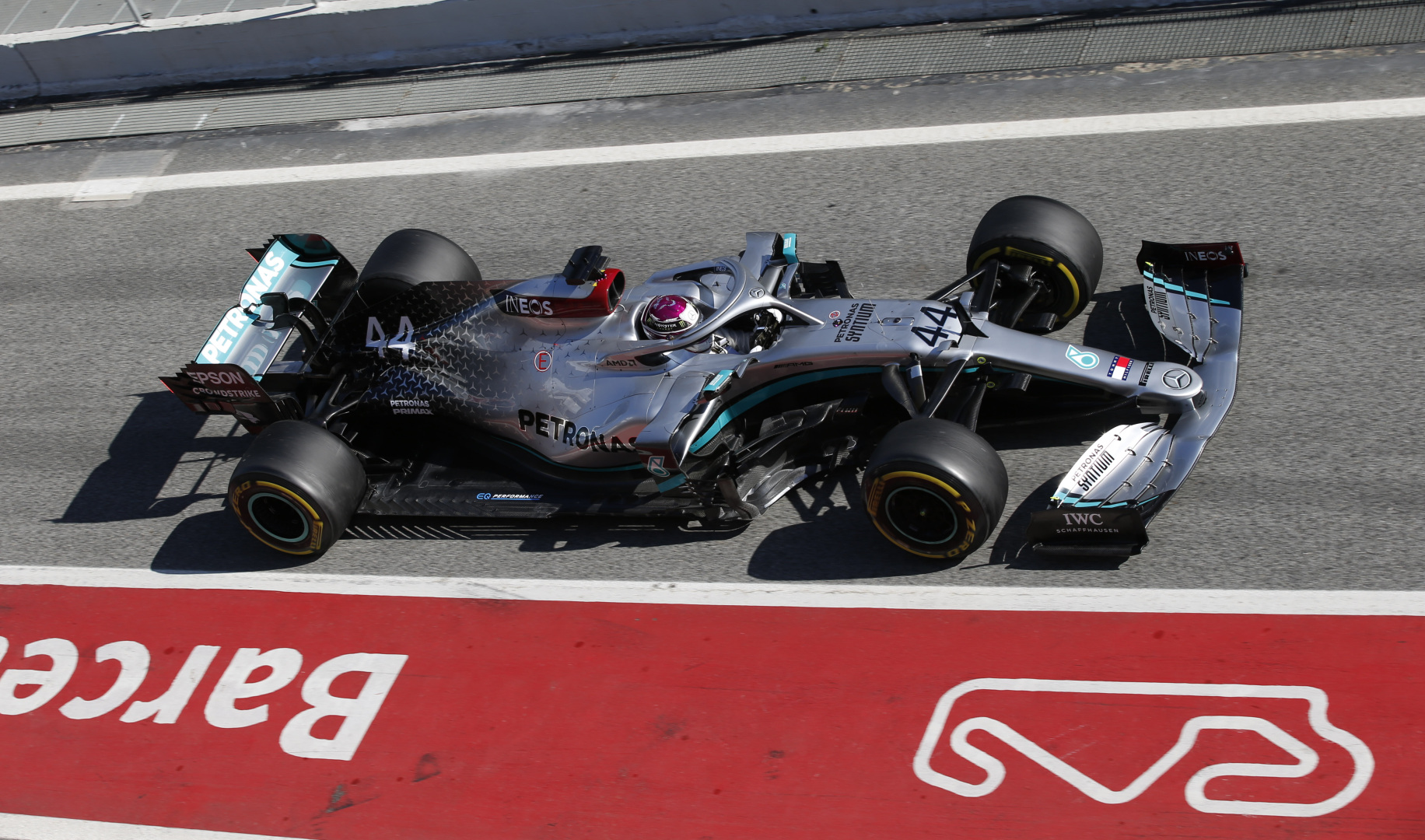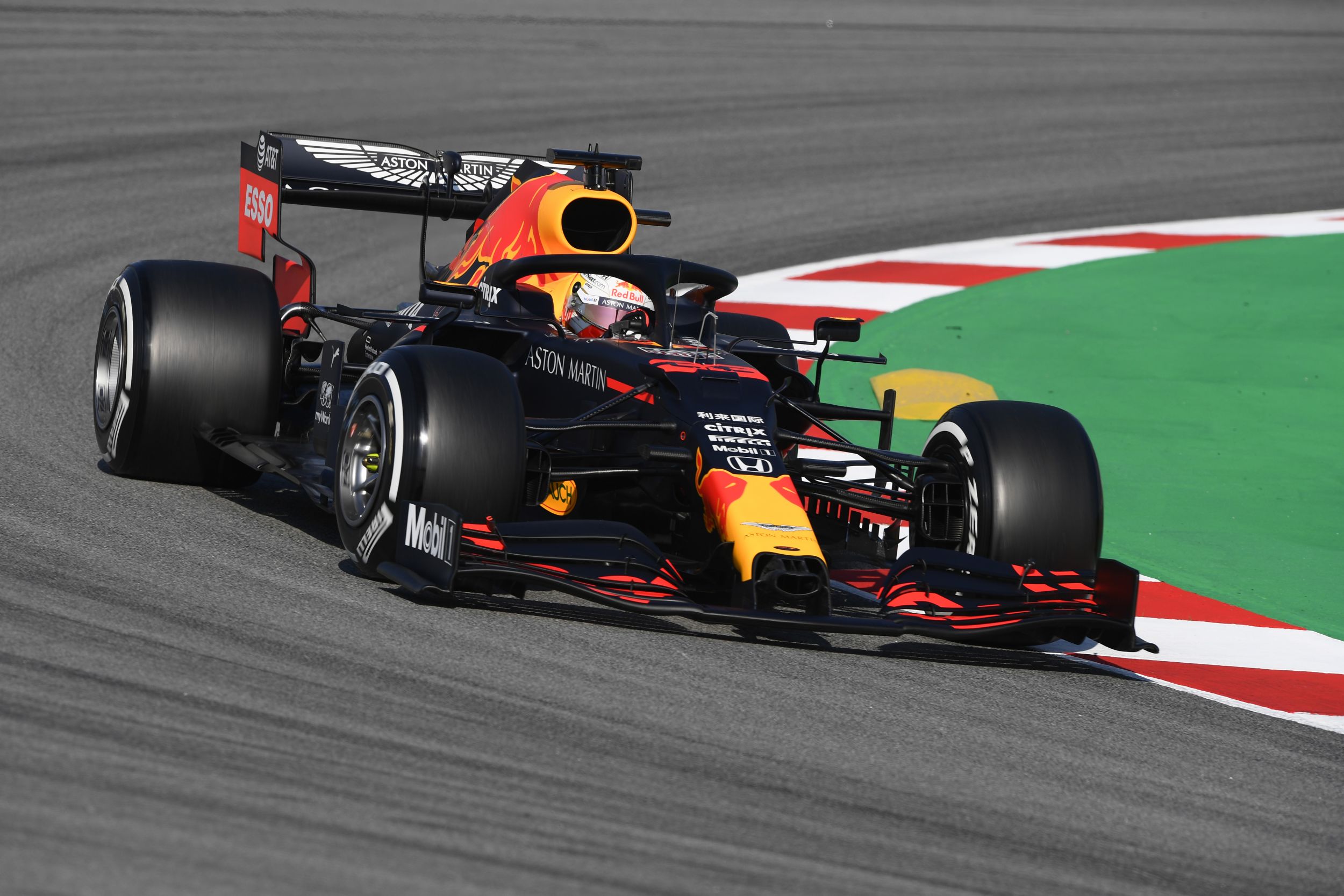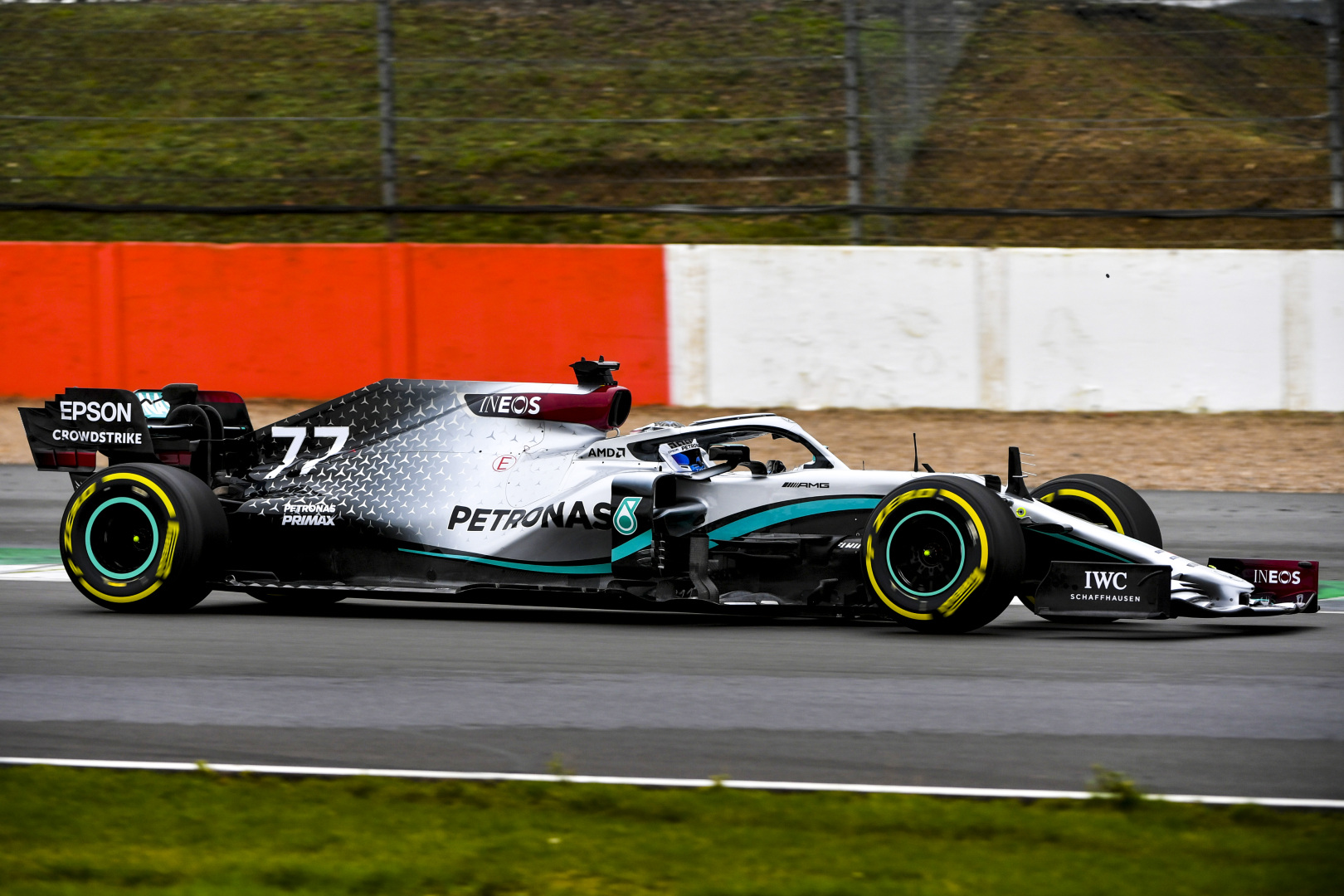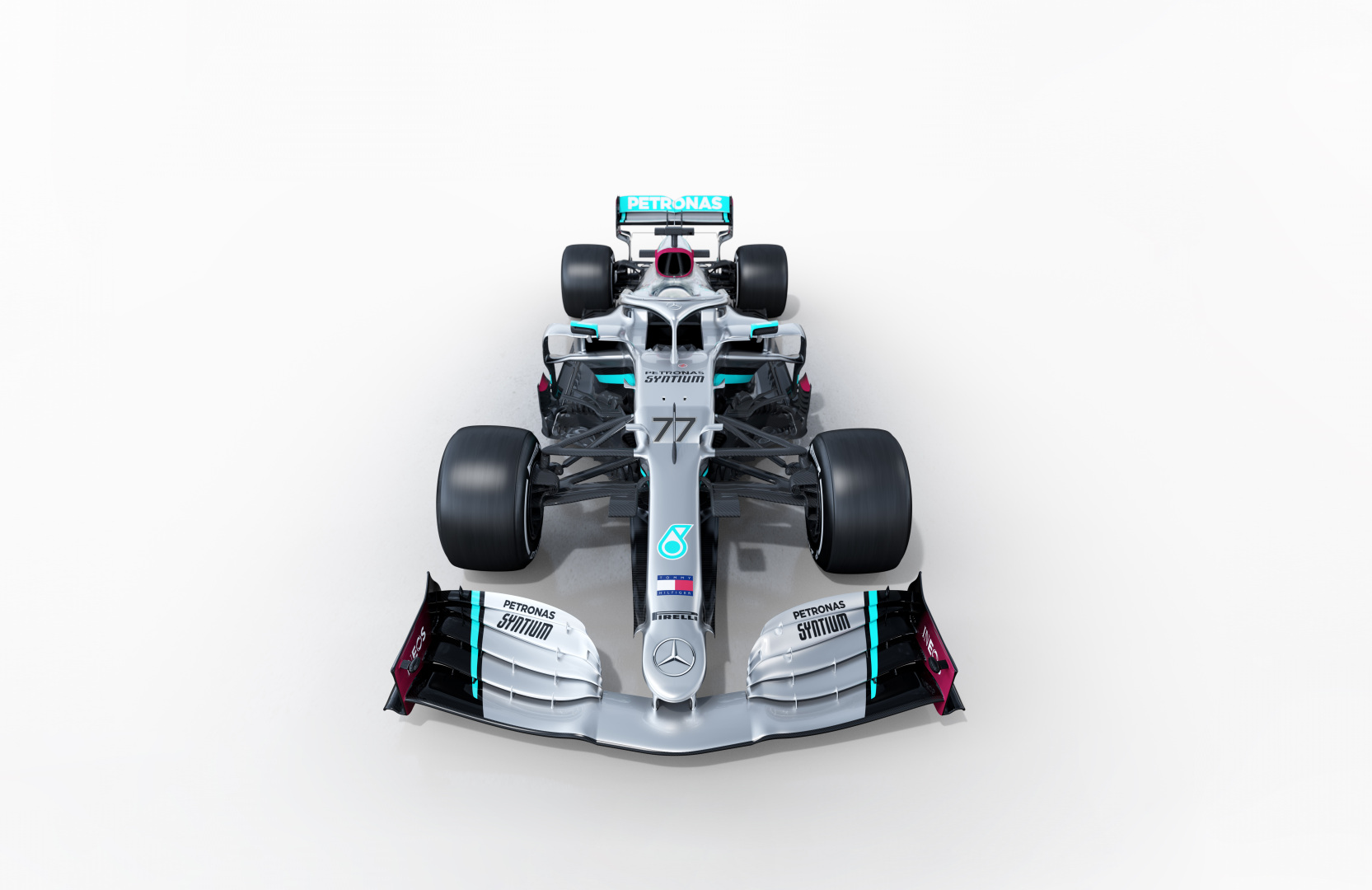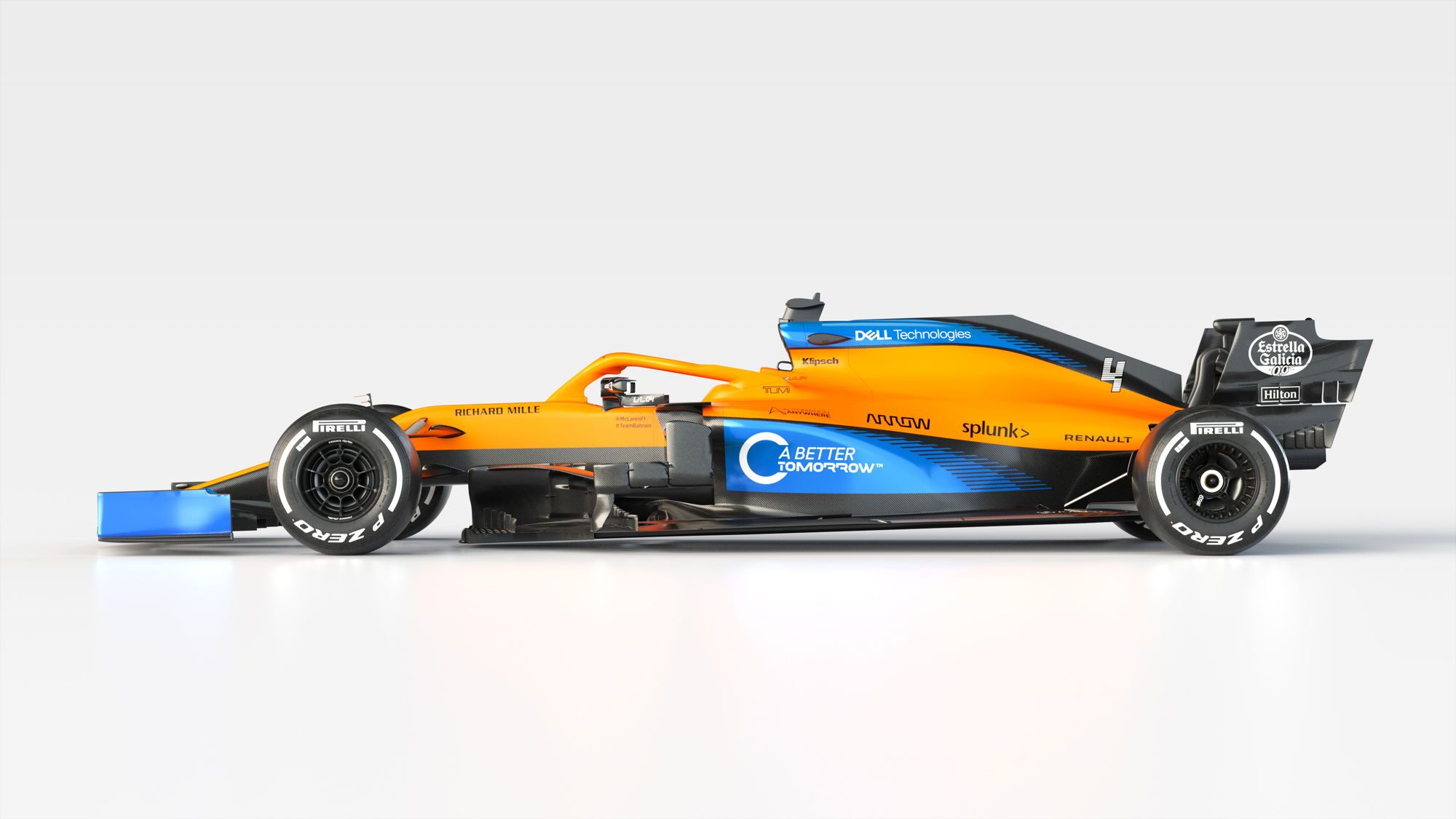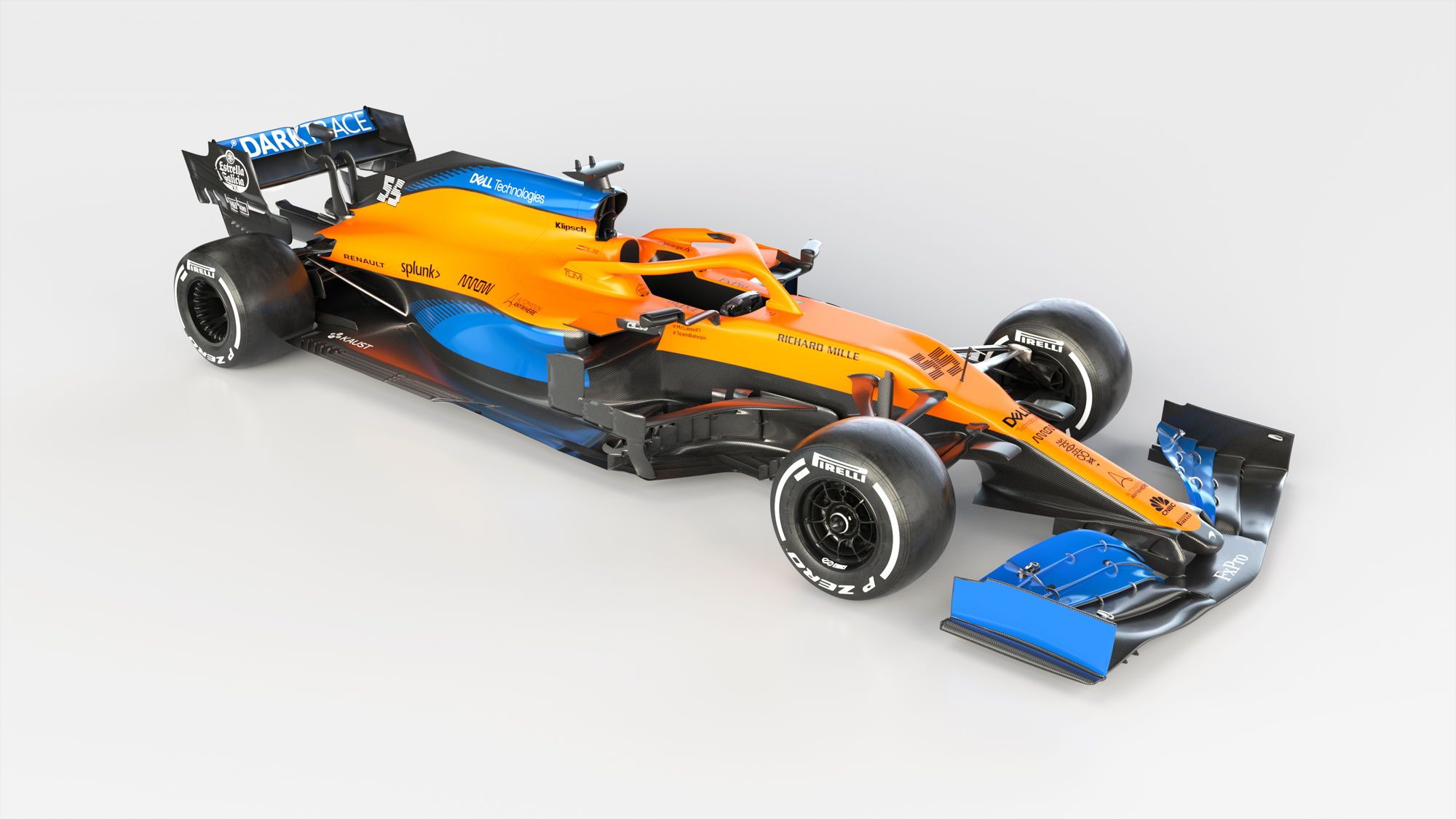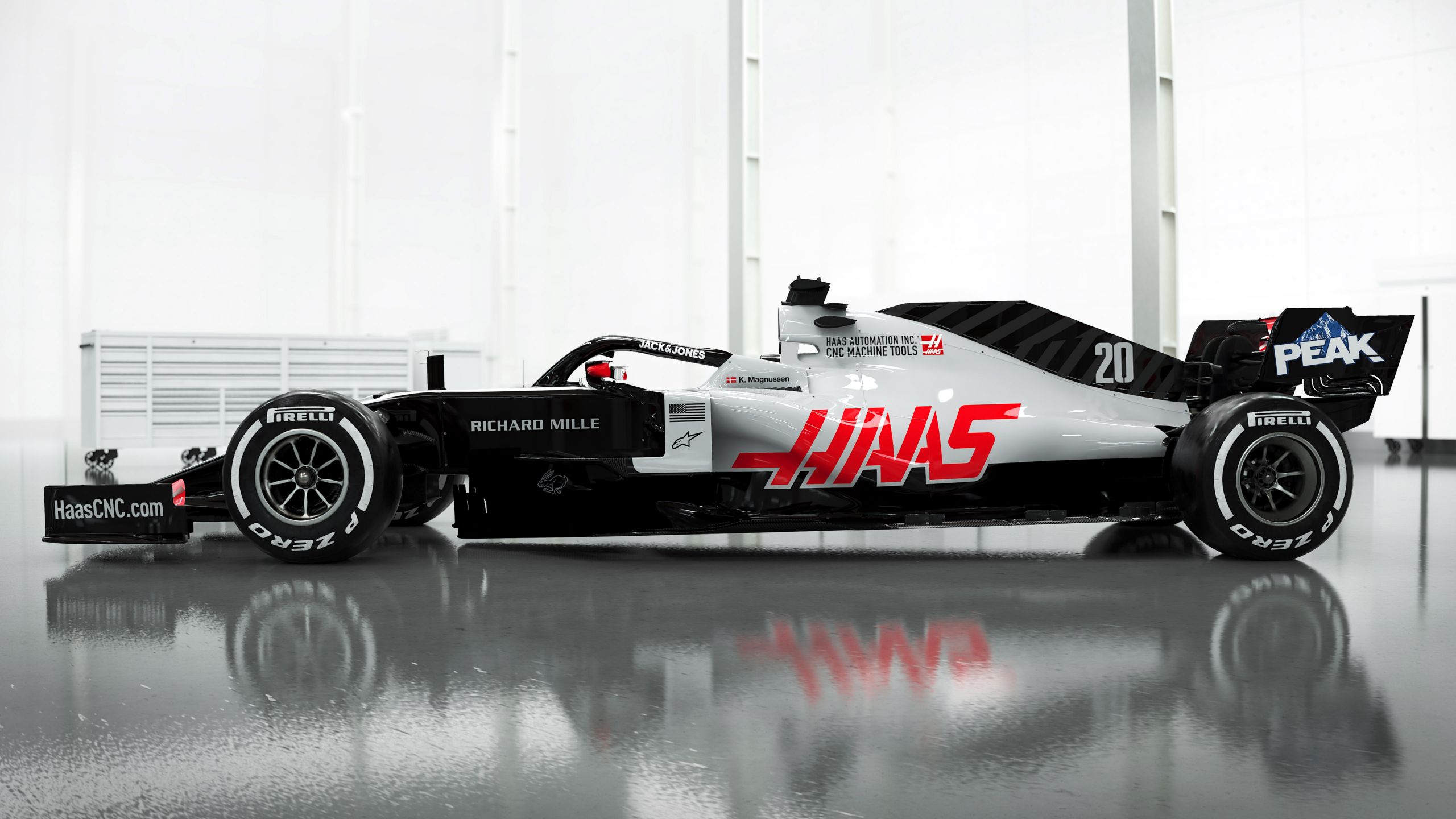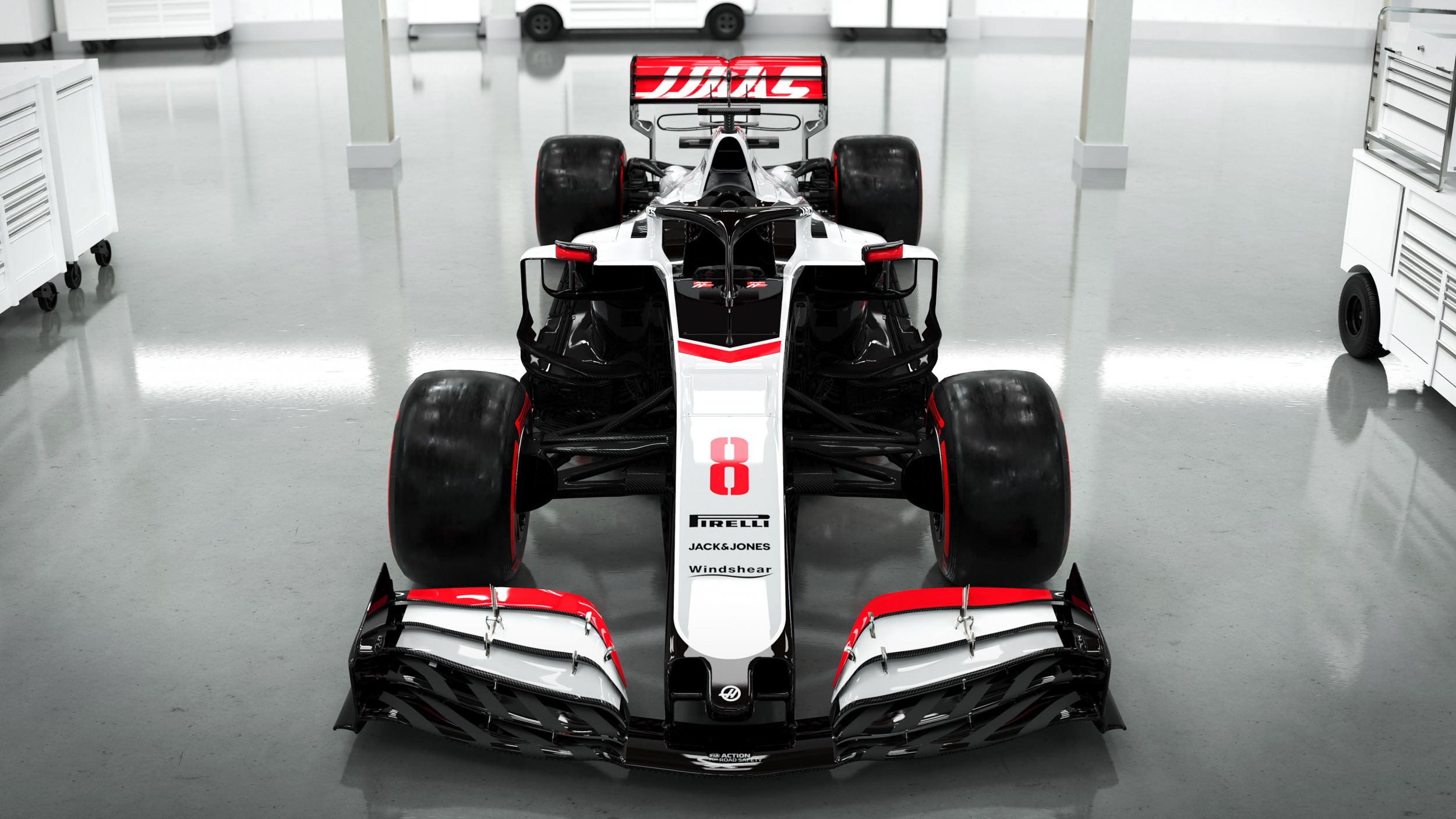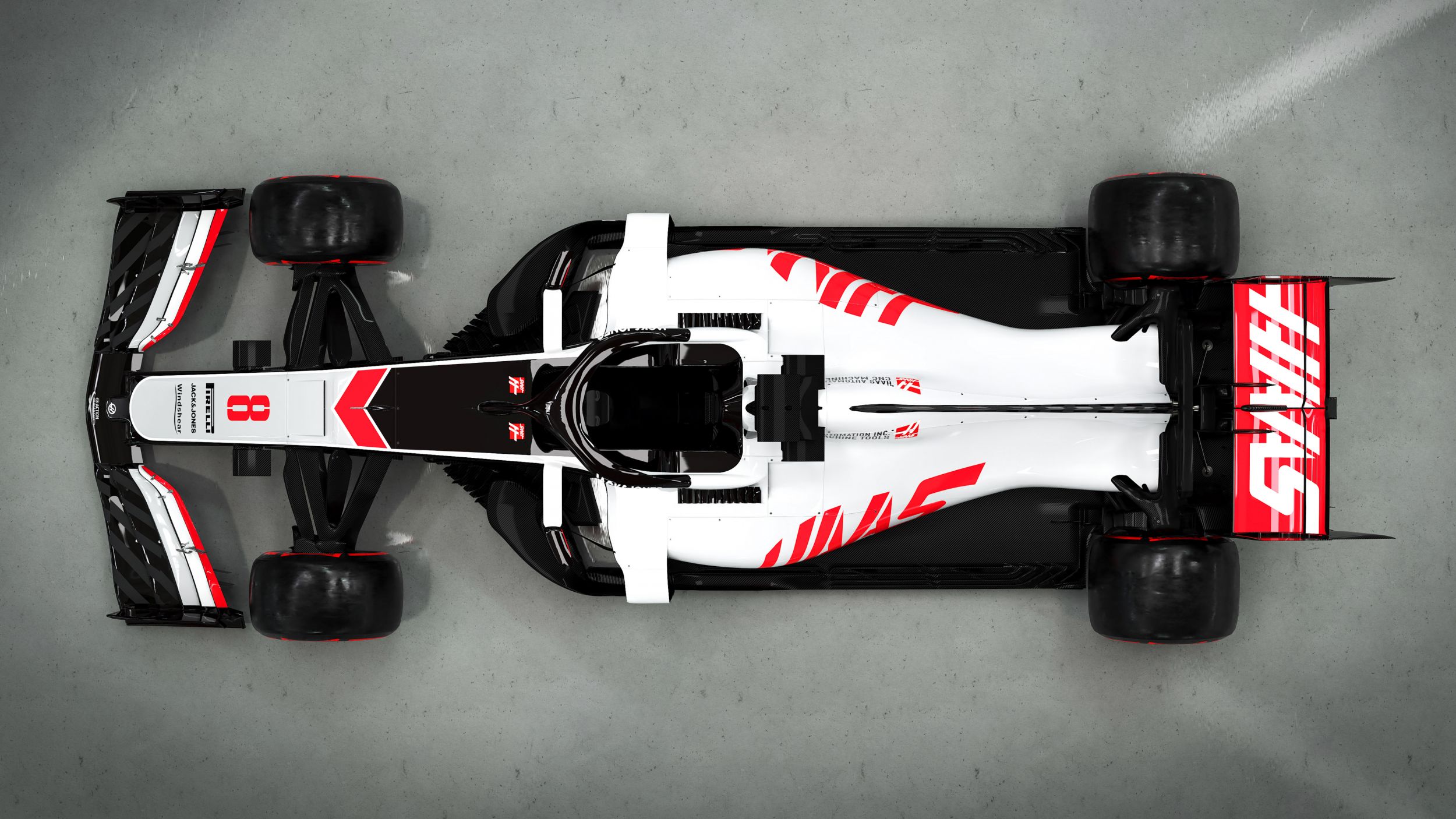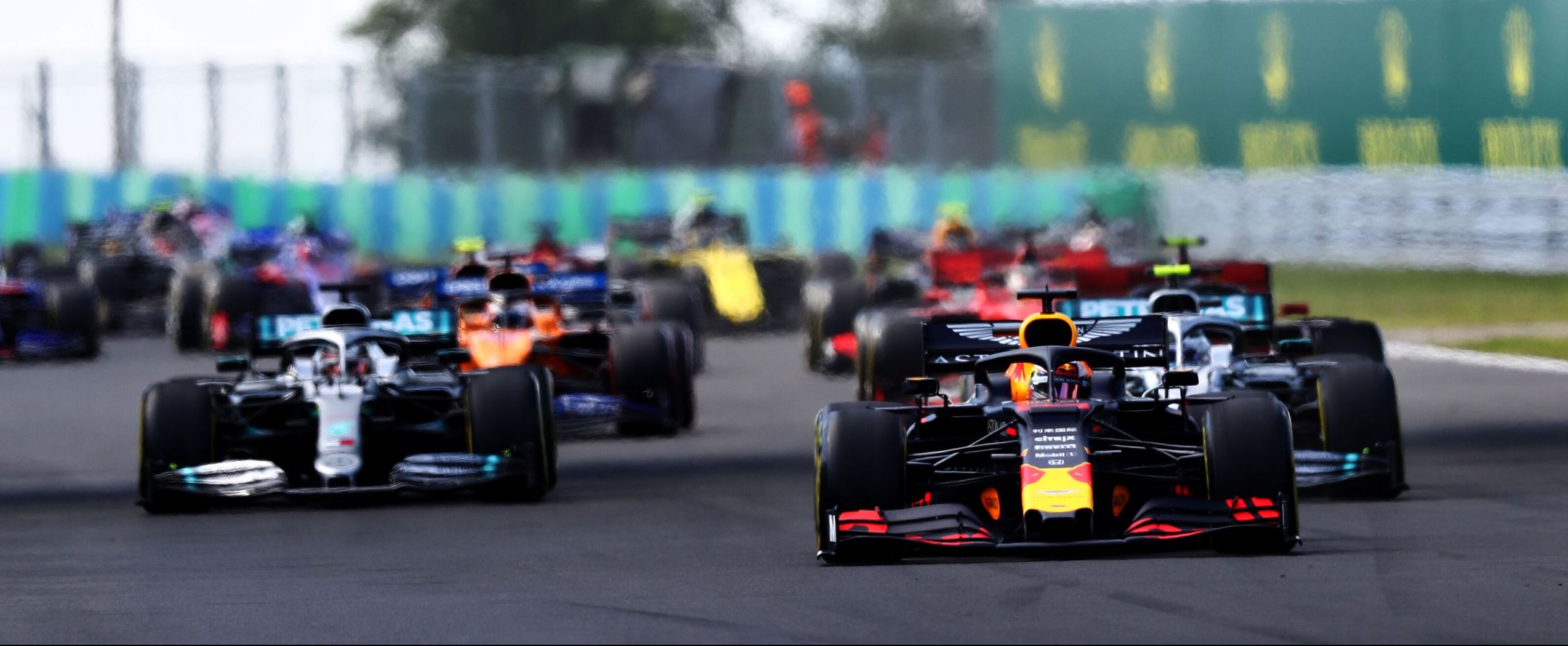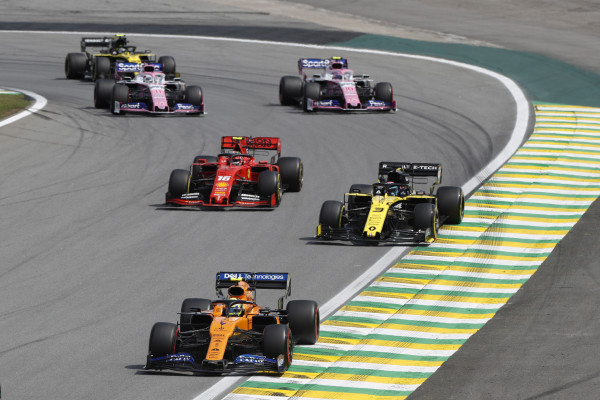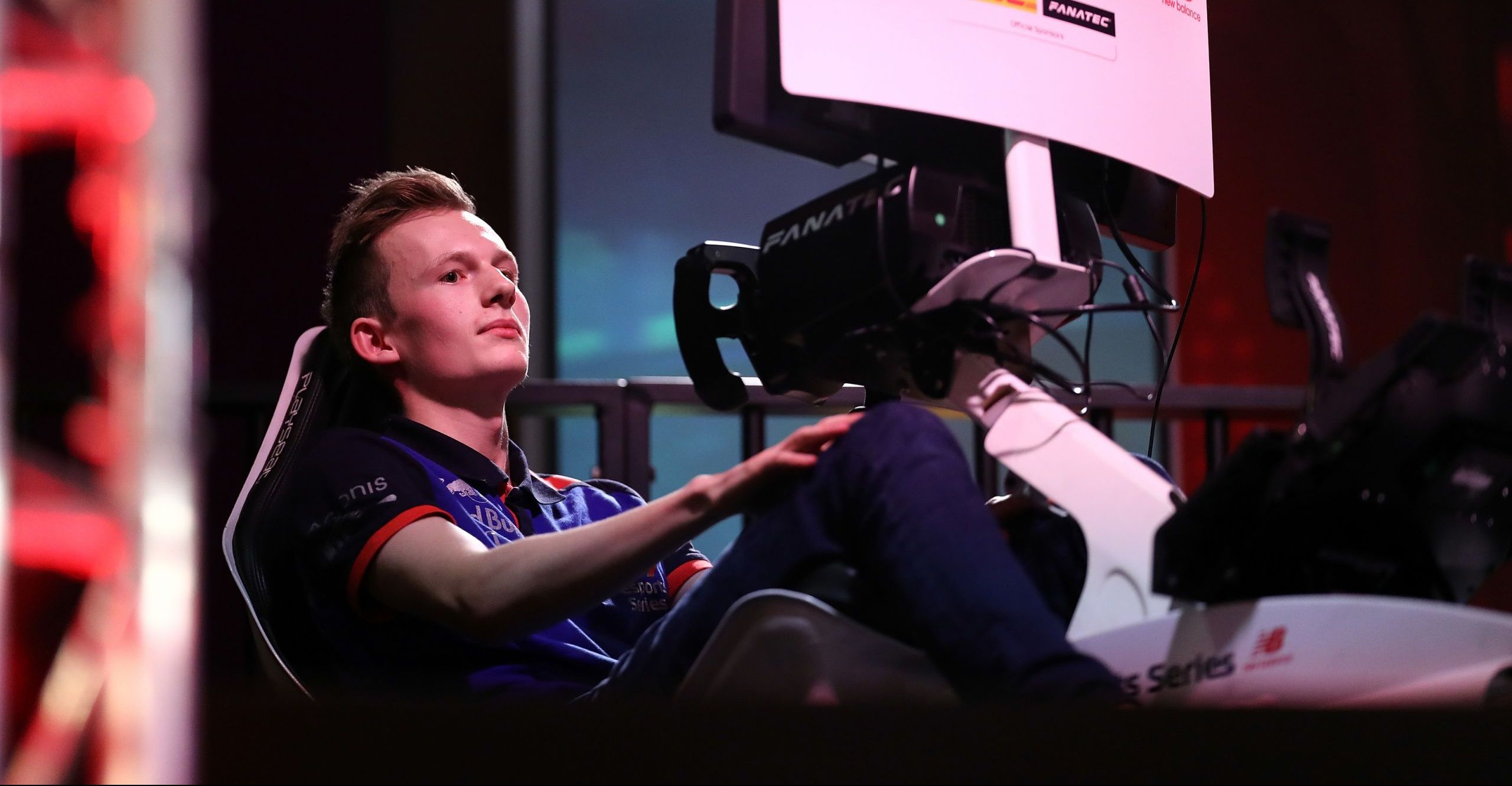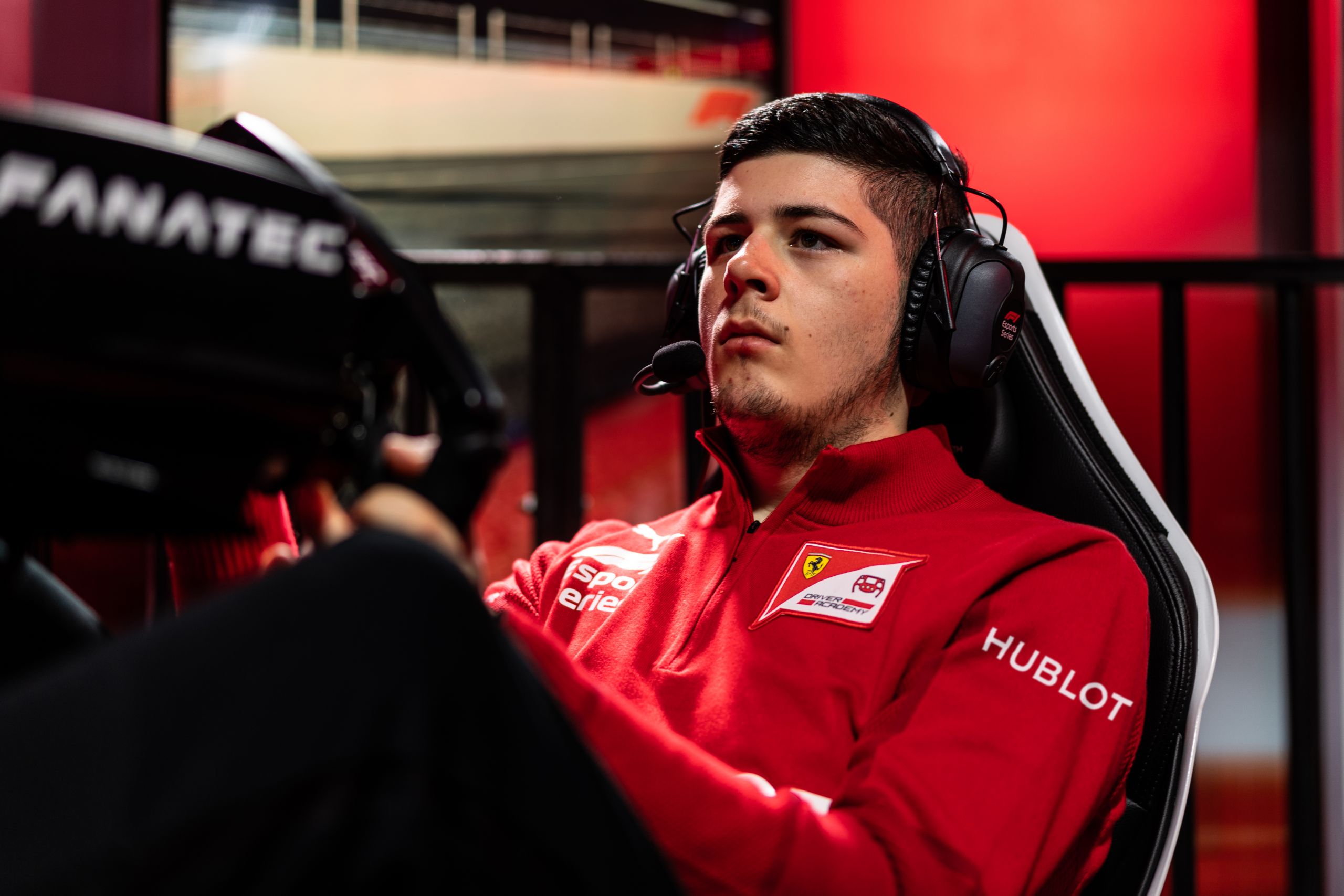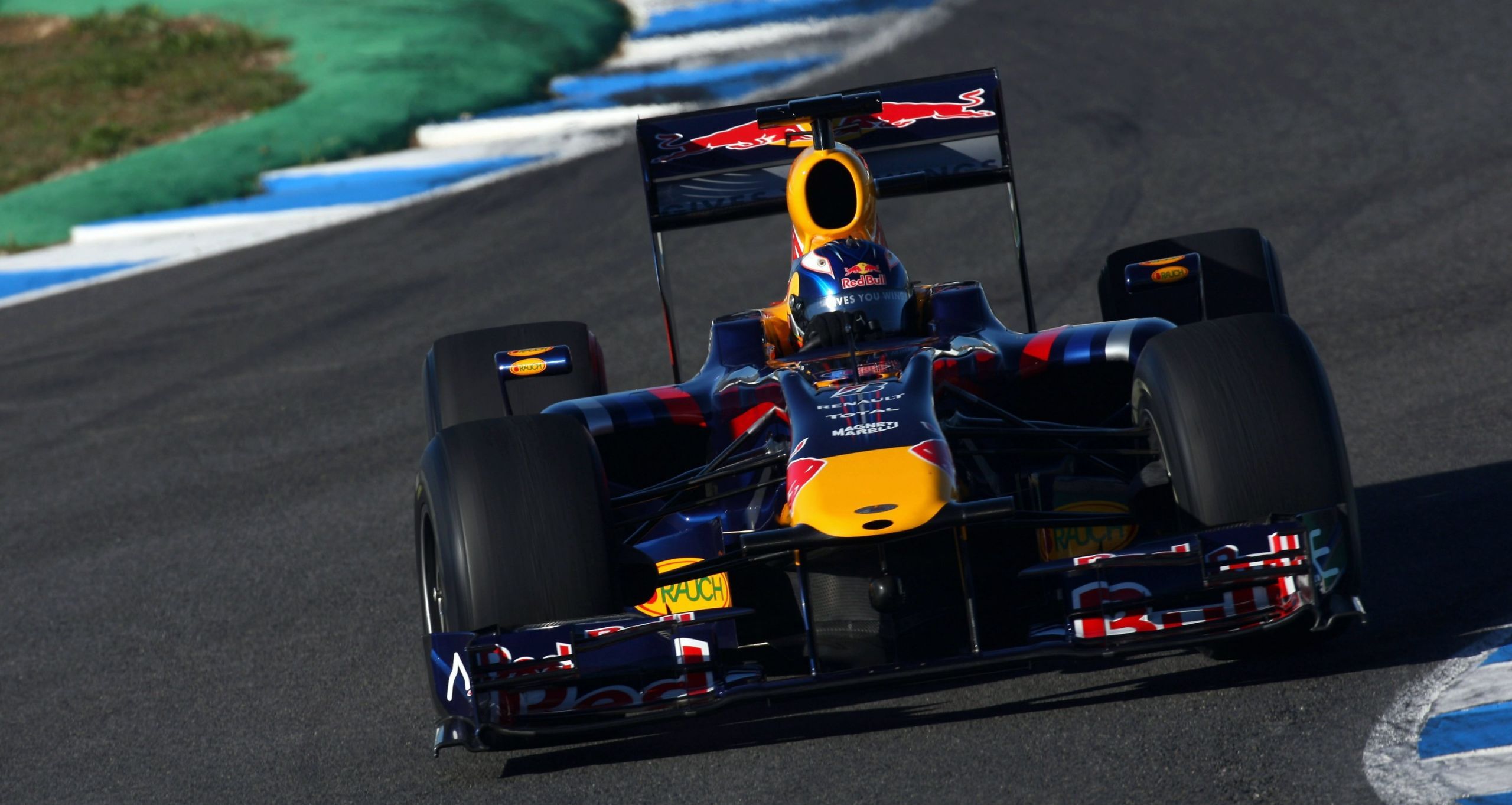Robert Kubica has finished fastest on the first day of the second pre-season test, as a late spin from Max Verstappen brought out the red flag and ended the day’s running prematurely.
Kubica set his time of a 1m 16.942 was set in the morning session on the C5 tyres, the softest available, and was not bested by anyone running in the afternoon.
Max Verstappen leapfrogged up the timing screens late in the day but closed only to within +0.4 of Kubica’s time and finished in P2. He also suffered a couple of spins , the second of which coincided with Daniil Kvyat coming to a halt at Turn 9 and brought out the red flag, ending the session for the day.
Sergio Perez continued to highlight Racing Point’s promising pre-season showing and finished third ahead of the AlphaTauri duo of Daniil Kvyat and Pierre Gasly, with Gasly having spent a significant chunk of the morning session confined to the garage for unknown technical reasons. He completed just 25 laps, the least amount of laps of any driver today.
Alex Albon in P6 also had trouble getting out on track and completed only four more laps than Gasly.
Mercedes’ Lewis Hamilton and Valtteri Bottas finished in P7 and P9, sandwiching Lance Stroll and completing 179 laps between them.
Sebastian Vettel span early on in the morning at Turn 8 and caused the first red flag of the day, but nevertheless put in Ferrari’s best lap of pre-season testing so far – a 1m 18.113 – and came in P10.
Daniel Ricciardo and Carlos Sainz in P10 and P11 were separated by just 0.007, ahead of Charles Leclerc, George Russell and Nicholas Latifi. Latifi caused the day’s second red flag when he stopped at Turn 9 with an engine problem, but the Williams team rectified the problem, allowing Russell to take over in the afternoon.
Romain Grosjean was the only driver to participate in both the morning and afternoon sessions, and completed 107 laps on his way to P16.
Rounding out the timesheets were Lando Norris, Kimi Raikkonen and Esteban Ocon.
[Featured image – Mark Thompson/Getty Images]
